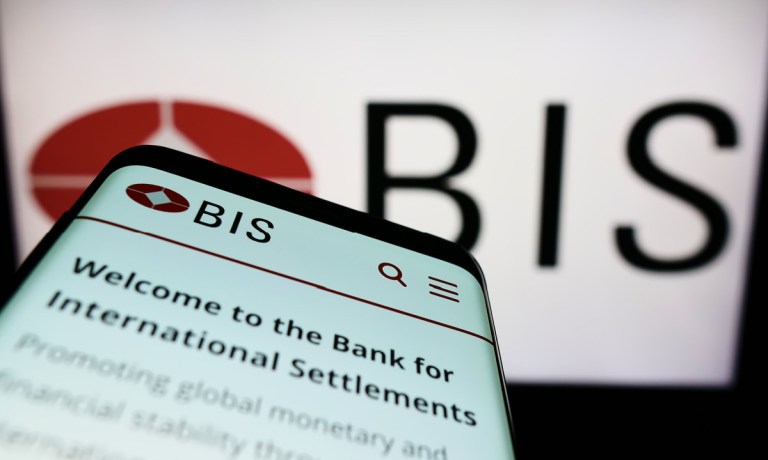
Faster payments have the potential to vastly improve cross-border payments, particularly across retail payments and remittances.
The Bank for International Settlements (BIS) said in a report last week, titled “Linking fast payment systems across borders: considerations for governance and oversight,” that it is seeking comments on how those transactions can be made cheaper and more transparent, and specifically, how faster payment systems across the globe can more seamlessly interact with one another.
The report was prepared by the BIS Committee on Payments and Market Infrastructures, as an interim report to the G20. The BIS is seeking comments by Dec. 13 of this year to help identify and address initial considerations for government and oversight of these faster payment systems.
The October paper noted that “Interlinking arrangements are one of the most promising solutions for enhancing cross-border payments. So far they remain relatively untapped.”
In terms of functionality, the G20 has said that interlinking of fast payment systems (FPS), with their real-time and 24/7 operational capabilities remains among “priority actions” to help improve cross-border payments and remittances by 2027.
To get there, said the BIS, interlinking arrangements will “allow payment service providers (PSPs) of different jurisdictions participating in different payment systems to transact with one another as if they were participants in the same system. Cross-border payments processed via the interlinked FPS can be completed within seconds or at most minutes.”
But, elsewhere in the document, the BIS added that “practitioners and authorities involved in FPS interlinking have noted that agreeing on workable governance and oversight arrangements can be especially challenging (relative to, for example, the operational and technical challenges) due to the multi-jurisdictional, cross-border and/or cross-currency nature of these arrangements.” And the report went on to state that “without a clear a path towards business viability shareholder and/or broader stakeholder support for an interlinking initiative might be challenging.” Under consideration, too, is an examination of how interlinking can reduce financial risks and optimize PSPs’ liquidity management, “if payment-versus-payment mechanisms are used and liquidity can be pooled.”
We noted toward the beginning of this year that India is among the countries that is helping to forge interoperability across borders, as the country had announced linkups between UPI and Singapore’s own near-instant, real-time payments network; connections had already been set in recent years with Nepal and Bhutan. In other examples, Singapore’s PayNow and Thailand’s PromptPay real-time systems are linked.
And as far back as 2021, as reported here, Kelly Burdette, senior vice president of product and delivery for Bank Independent, told Karen Webster, “the smallest institutions just don’t have the financial capability [or] the people capability to implement multiple channels of payment rails,” adding that “It’s hard enough for us now with the ones we have, let alone when you start introducing multiple new ones to the space. [This is why] it is incumbent upon the industry to make sure we have interoperability so that everyone has the opportunity to get in there.”